Help my Calathea is dying! (pictures)
Helen (7b)
8 years ago
Featured Answer
Sort by:Oldest
Comments (36)
Mentha (East TN, Zone 6B-7A)
8 years agolast modified: 8 years agoUser
8 years agolast modified: 8 years agoRelated Discussions
Need help with my Calathea
Comments (5)Thank you for replies. I came across Calathea roseopicta, but because it still looks a bit different I wasn't sure if that was it. The soil gets to be dry eventually. It's wet only if I've watered it recently. I watered it yesterday and today it's still wet, though. The pot and the soil are the original ones it came in, and it was fine in it for a while. Anyone has any ideas what I should try doing?...See MoreHelp...my plum tree is dying! (with pictures)
Comments (2)fruit trees dont live forever.. like other trees might ... your was improperly planted under the power line easement.. and it looks like they have hacked it back for years ... it is not uncommon for fruit trees.. to try to reproduce like mad.. before they give up the ghost ... i would NOT invest too much in this tree ... i would invest in a new one ... and plant it in a better location if your yard is big enough ... so that in a few years.. when this one just isnt going to make it ... your replacement will be up and running .... there is nothing you can do about the gigantic scars ... and the termites are winning.. it is time to emotionally separate from it ... i know its not what you want to hear ... but sometimes it helps to plant the new one.. to get past the separation anxiety .. good luck ken...See MoreCalathea dying?
Comments (2)Just because the egdes are turning brown does not mean that it is dying. The edges of mine has done the same thing. I thing it has something to do with either overwatering or not enough humidity....See MoreDying Calathea—please help!!
Comments (4)Sorry for the loss, consider it part of the learning curve in gardening. For the future, best to keep in mind (I learned this the hard way too). Best not to buy living plants from florists, their knowledge tends to be more about cut flowers than living plants. My example: I bought a tropical plant (which I later learned goes dormant), but the florist who sold it to me didn't know nor did they tell me. So when it went dormant, I threw it out thinking it was dead. Bummed me out to learn, not dead, it's just dormant for the season. $15 down the drain. Never again!...See MoreHelen (7b)
8 years agomarquest
8 years agolast modified: 8 years agoHelen (7b)
8 years agomarquest
8 years agomarquest
8 years agotapla (mid-Michigan, USDA z5b-6a)
8 years agolast modified: 8 years agomarquest
8 years agoSara (9b SF Bay Area)
8 years agoHelen (7b)
8 years agoMentha (East TN, Zone 6B-7A)
8 years agotapla (mid-Michigan, USDA z5b-6a)
8 years agoHelen (7b)
8 years agotapla (mid-Michigan, USDA z5b-6a)
8 years agoSara (9b SF Bay Area)
8 years agotapla (mid-Michigan, USDA z5b-6a)
8 years agoHelen (7b)
8 years agotapla (mid-Michigan, USDA z5b-6a)
8 years agoHelen (7b)
8 years agoaviolet6
8 years agotapla (mid-Michigan, USDA z5b-6a)
8 years agoHelen (7b)
8 years agoMentha (East TN, Zone 6B-7A)
8 years agotapla (mid-Michigan, USDA z5b-6a)
8 years agoHelen (7b)
8 years agotapla (mid-Michigan, USDA z5b-6a)
8 years agocaliforniascout
7 years agoHelen (7b)
7 years agoDominica
7 years agolast modified: 7 years agostewartsjon
7 years agoDominica
7 years agoalexiapons
6 years agoalexiapons
6 years ago
Related Stories

ORGANIZING4 Questions to Help You Organize Your Favorite Photos
Organize your keeper photos with a system that's just right for you, whether it's in the cloud or you can hold it in your hand
Full Story
ORGANIZINGHelp for Whittling Down the Photo Pile
Consider these 6 points your personal pare-down assistant, making organizing your photo collection easier
Full Story
DECLUTTERINGDownsizing Help: How to Edit Your Belongings
Learn what to take and what to toss if you're moving to a smaller home
Full Story
BATHROOM WORKBOOKStandard Fixture Dimensions and Measurements for a Primary Bath
Create a luxe bathroom that functions well with these key measurements and layout tips
Full Story
MOST POPULAR7 Ways Cats Help You Decorate
Furry felines add to our decor in so many ways. These just scratch the surface
Full Story
MOST POPULAR9 Real Ways You Can Help After a House Fire
Suggestions from someone who lost her home to fire — and experienced the staggering generosity of community
Full Story
COLORPick-a-Paint Help: How to Quit Procrastinating on Color Choice
If you're up to your ears in paint chips but no further to pinning down a hue, our new 3-part series is for you
Full Story
LIFEDecluttering — How to Get the Help You Need
Don't worry if you can't shed stuff and organize alone; help is at your disposal
Full Story
DECORATING GUIDESDecorate With Intention: Helping Your TV Blend In
Somewhere between hiding the tube in a cabinet and letting it rule the room are these 11 creative solutions
Full Story


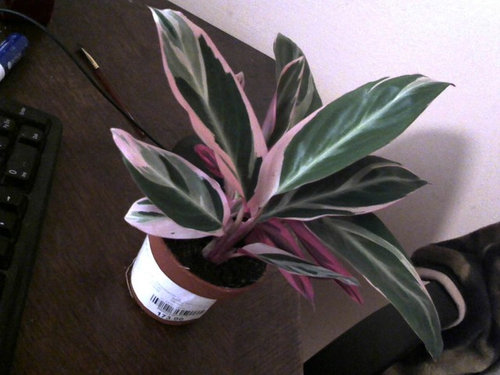

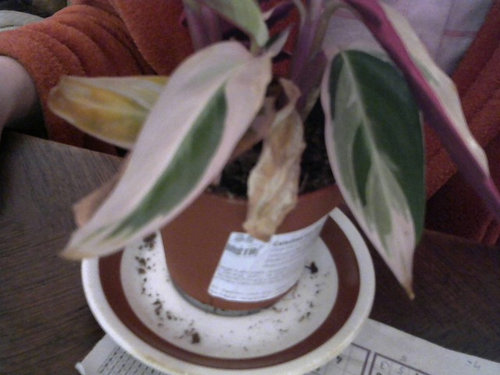


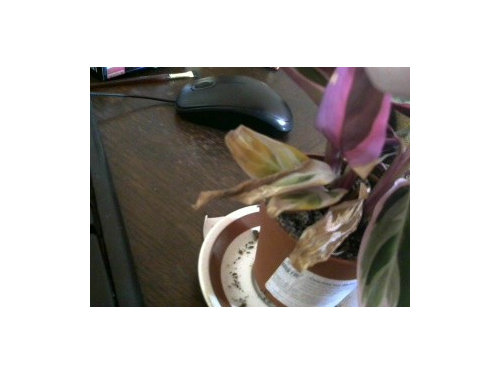
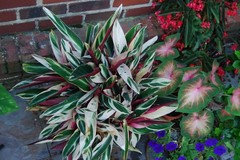

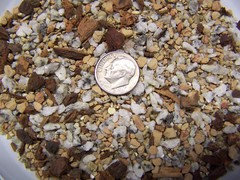
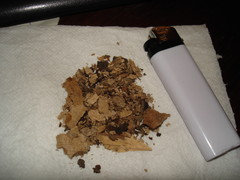

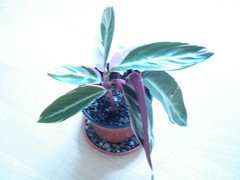
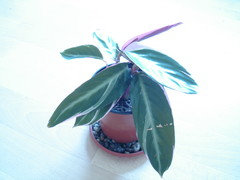

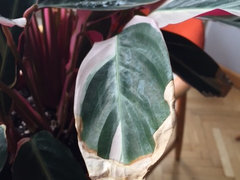


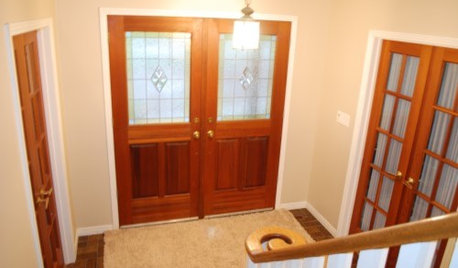



tapla (mid-Michigan, USDA z5b-6a)